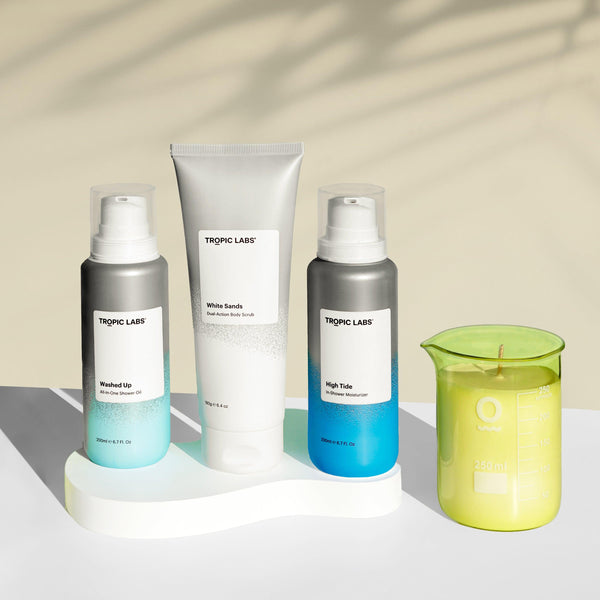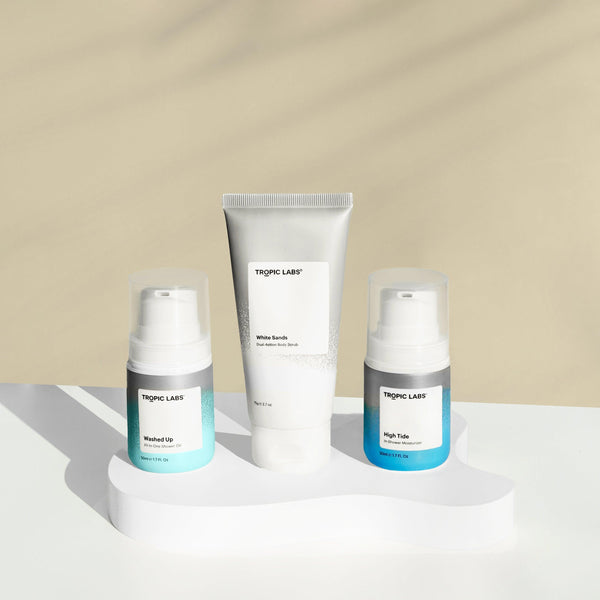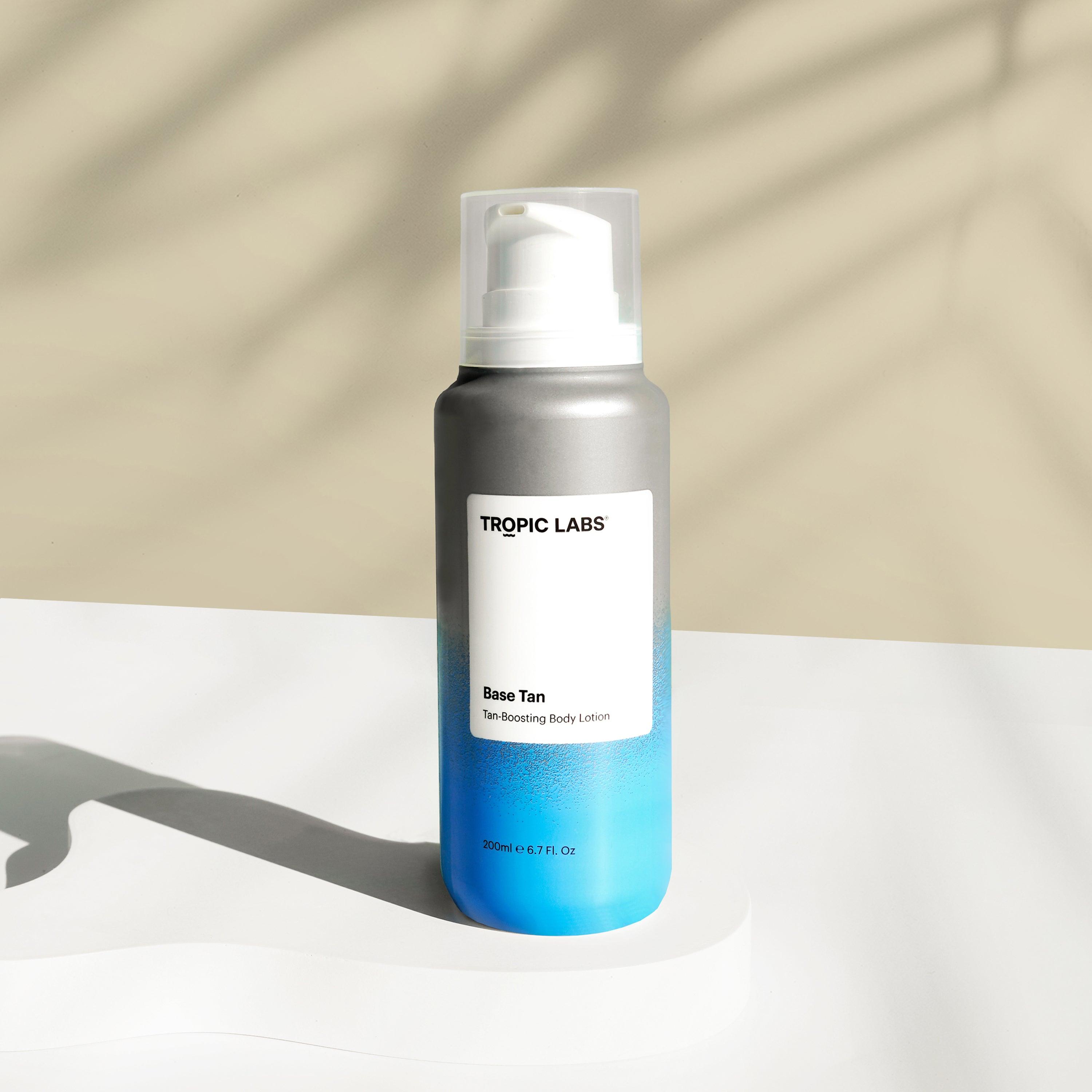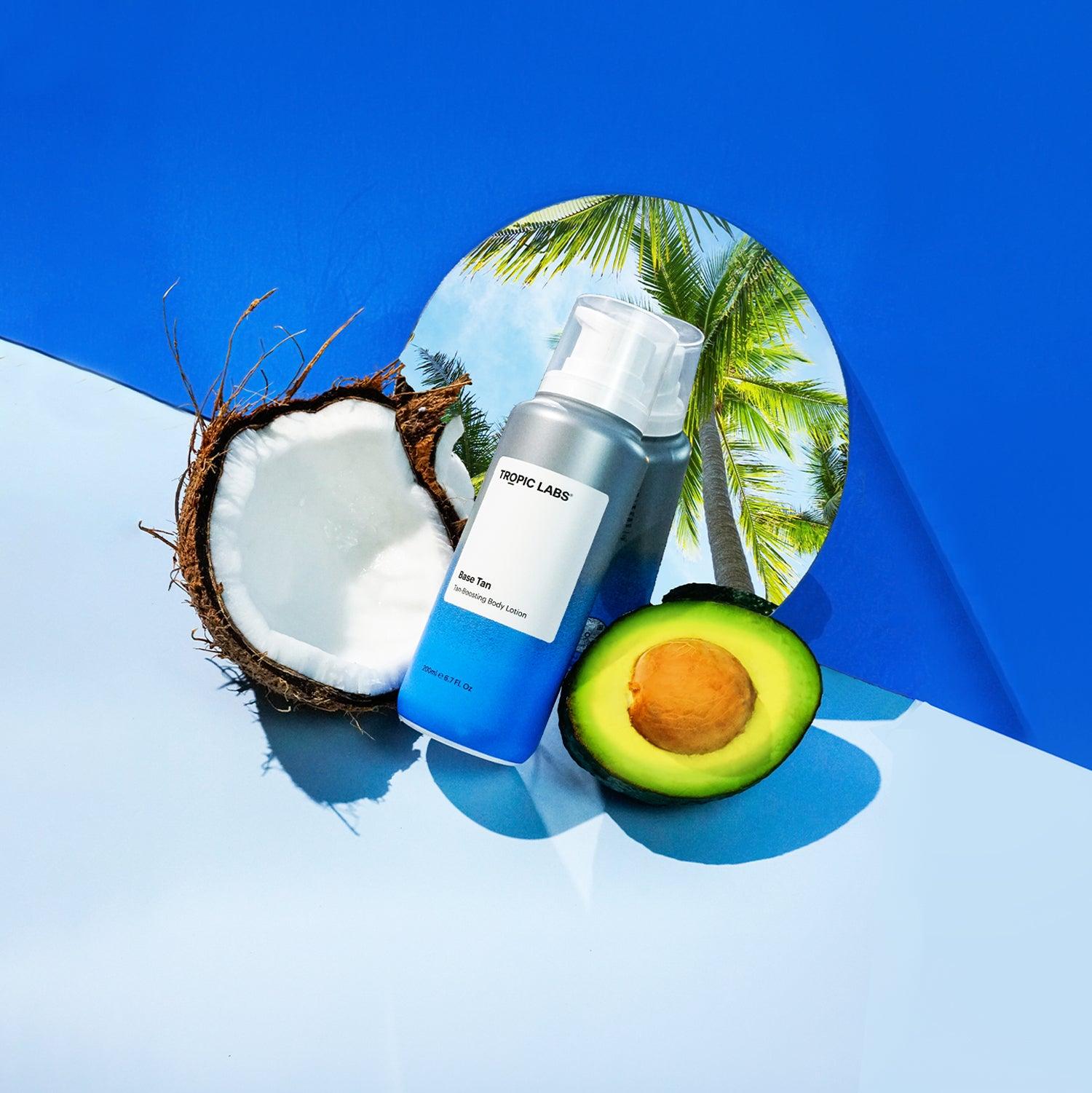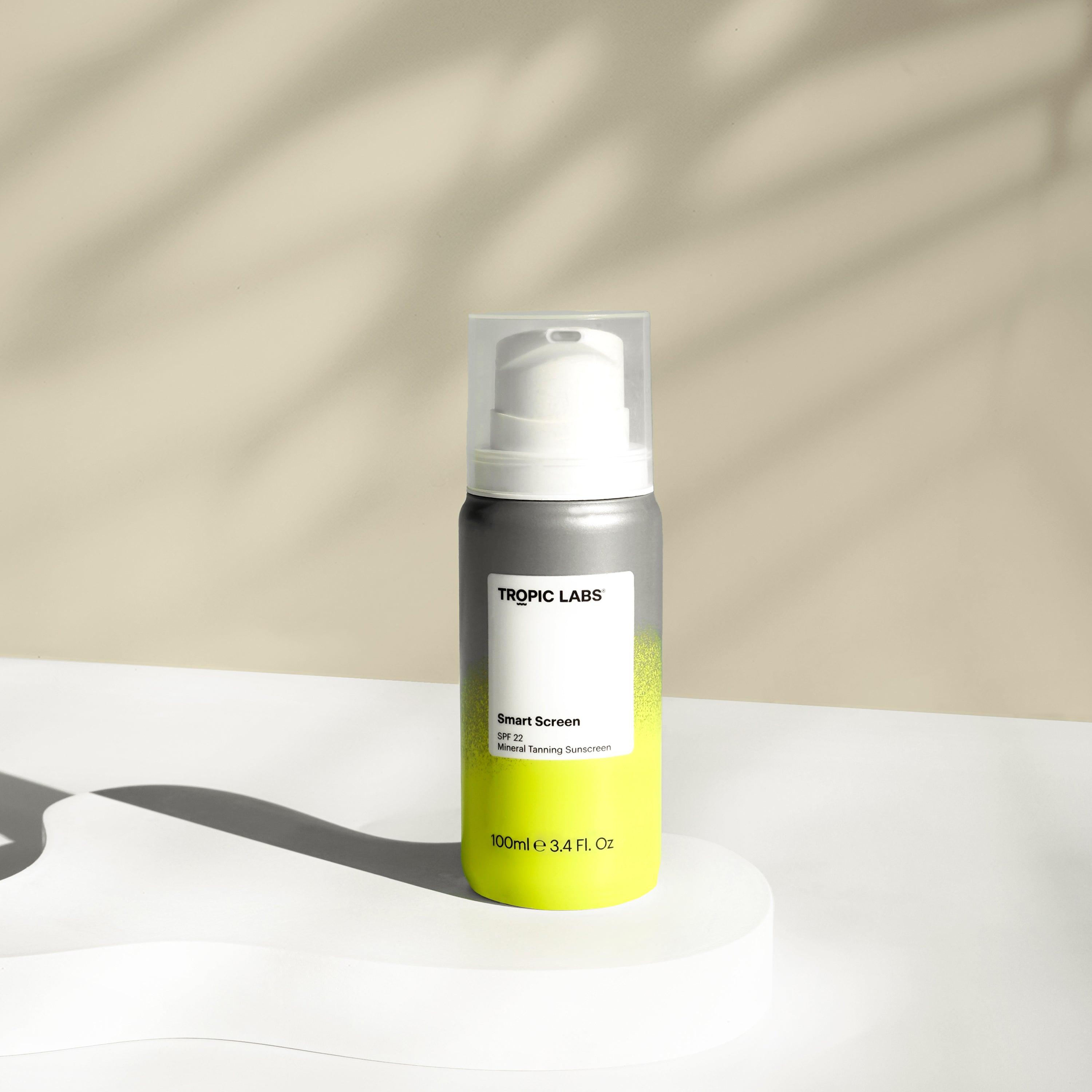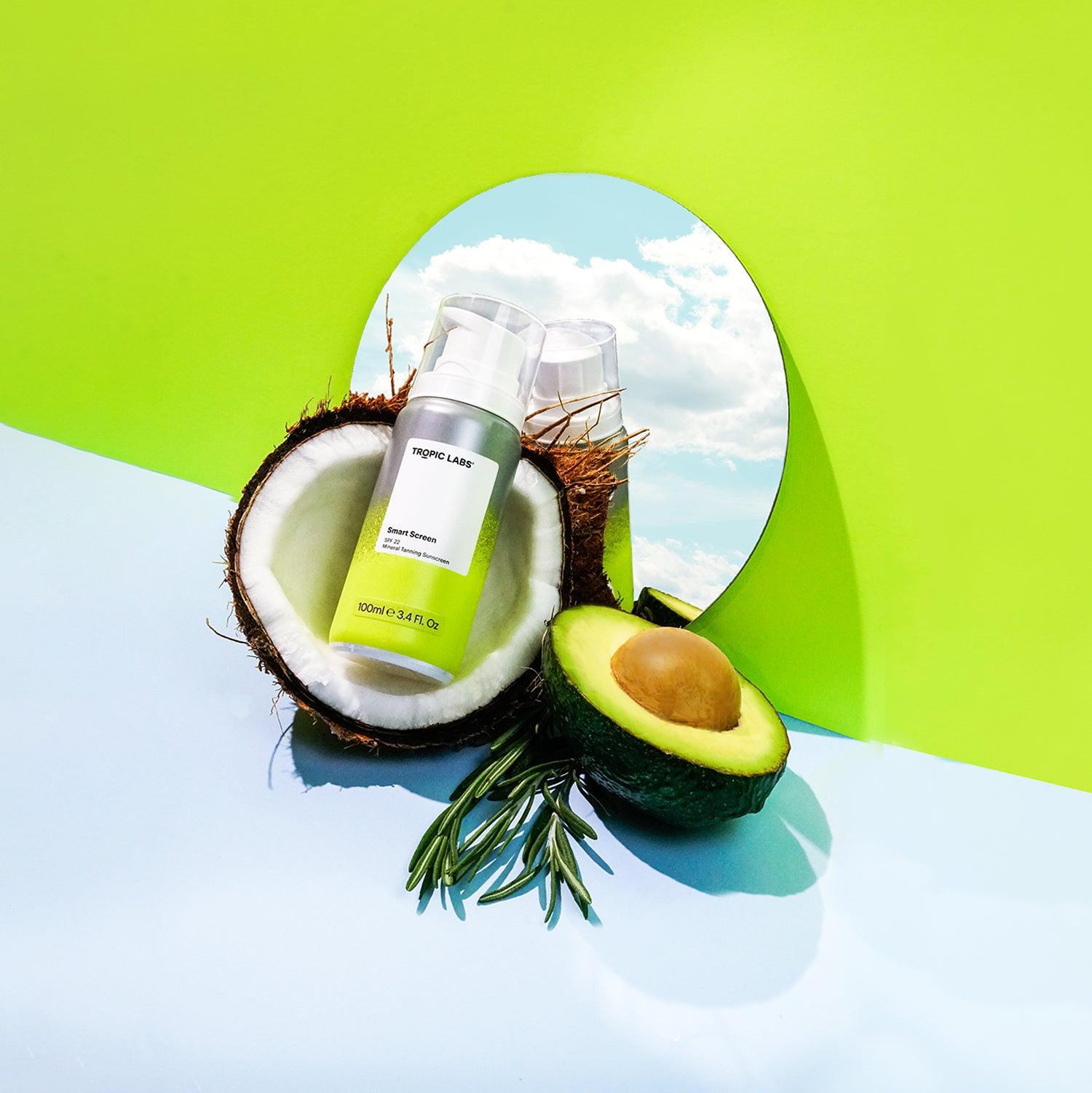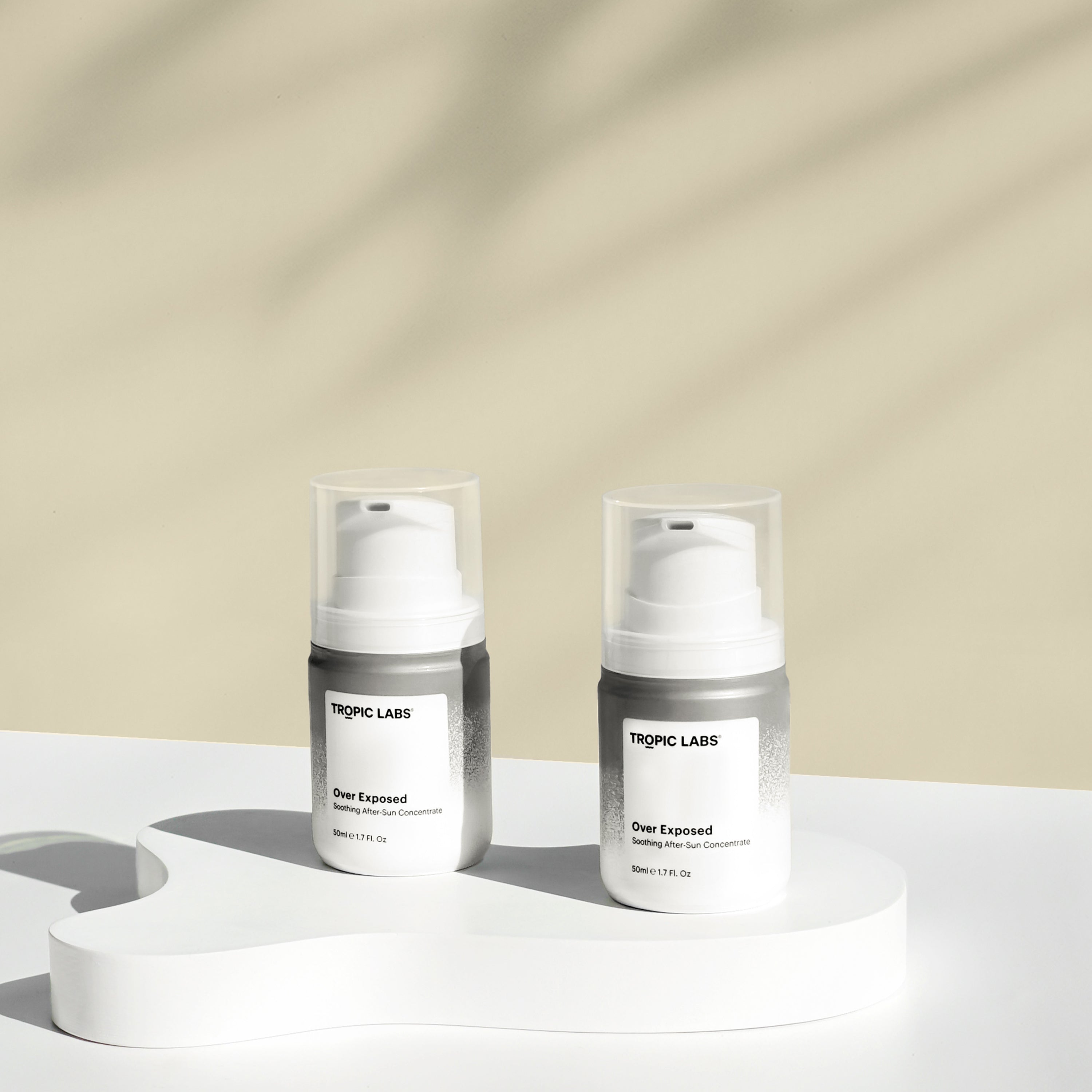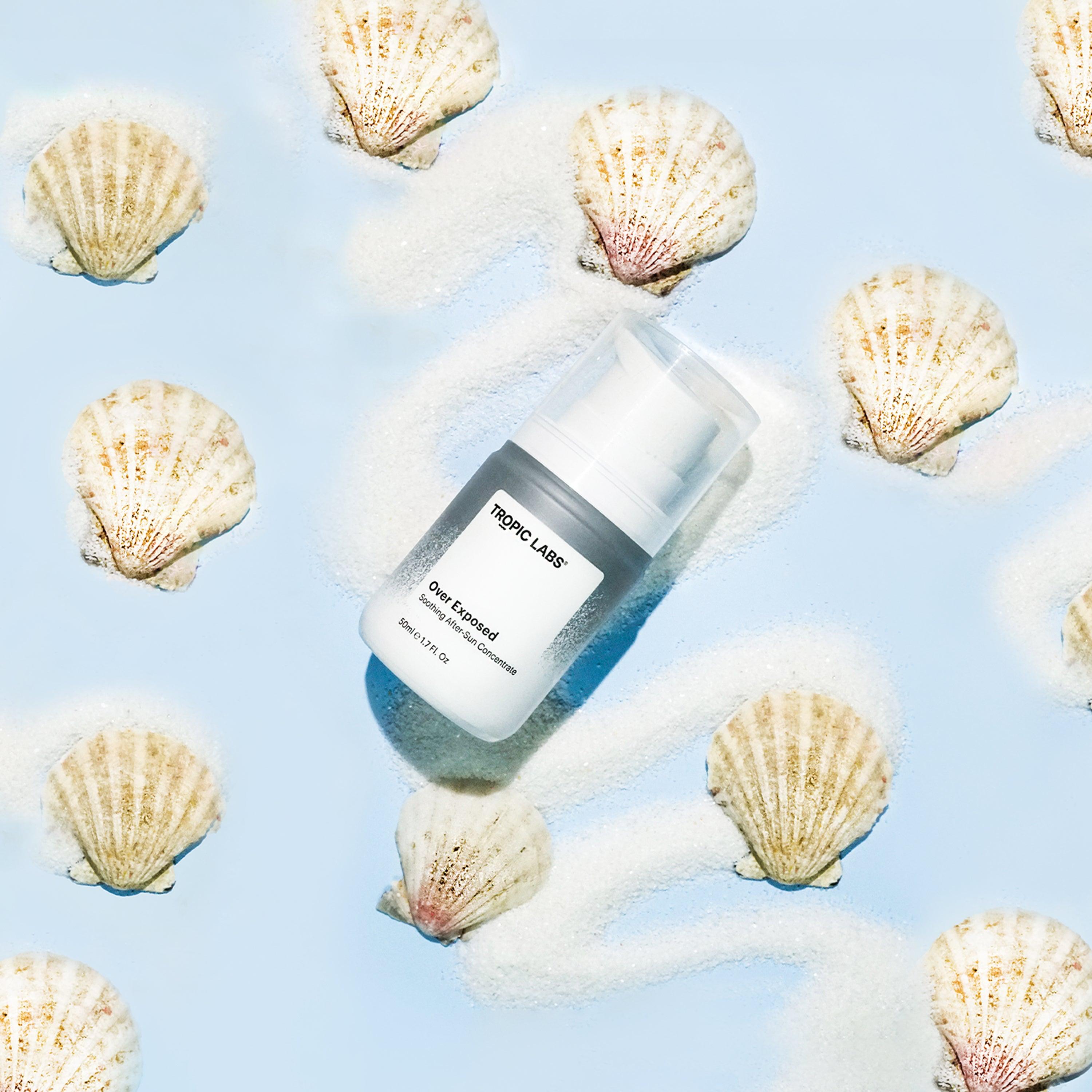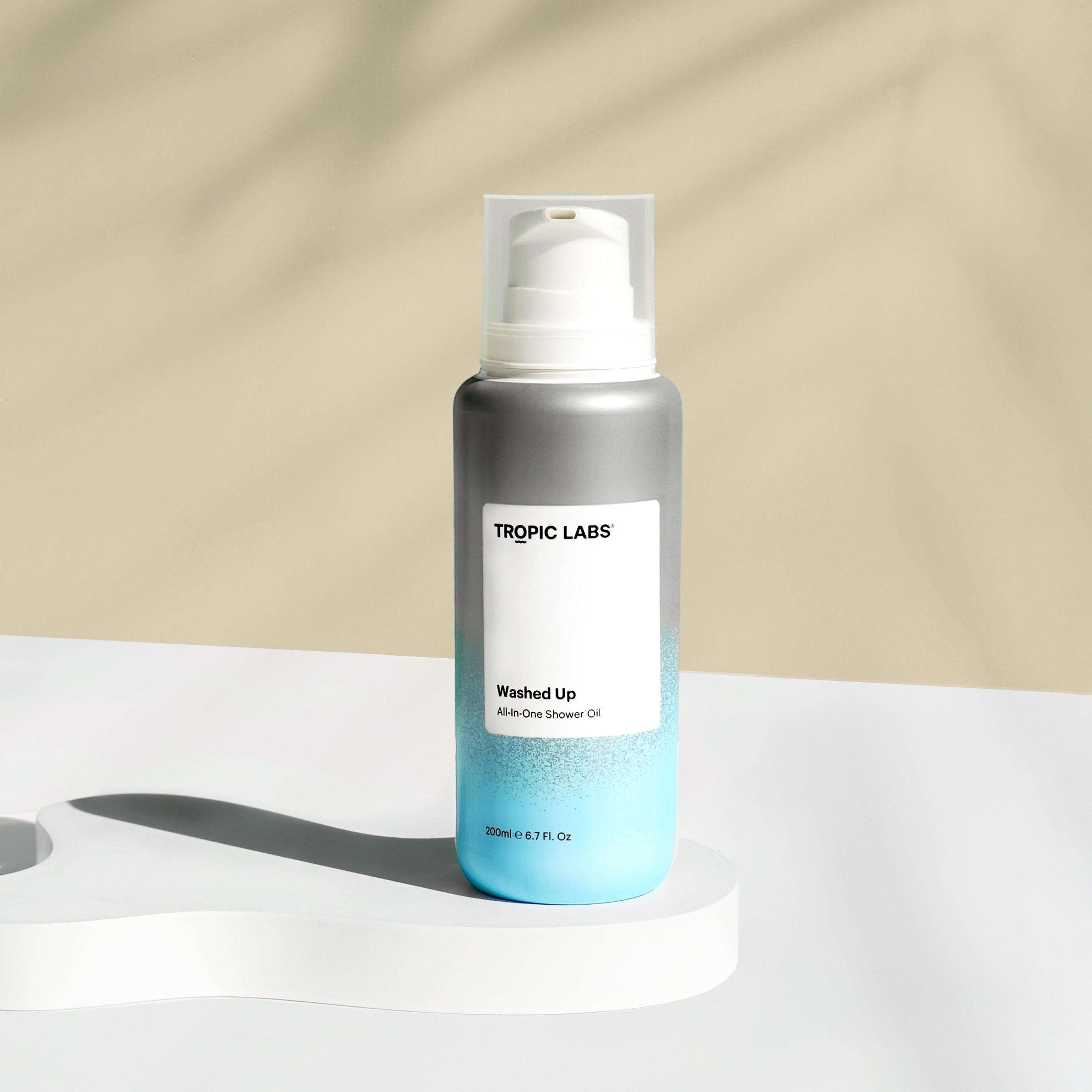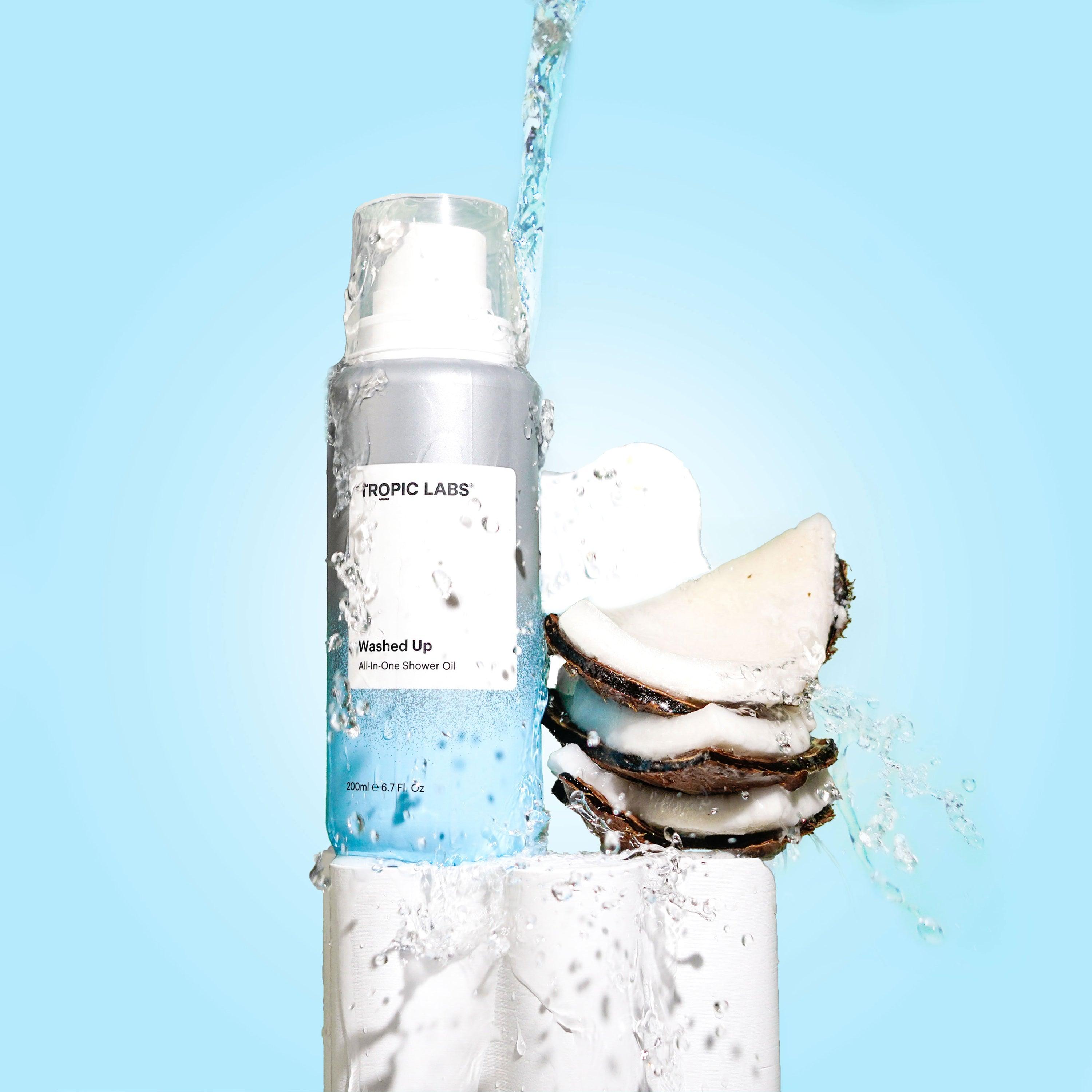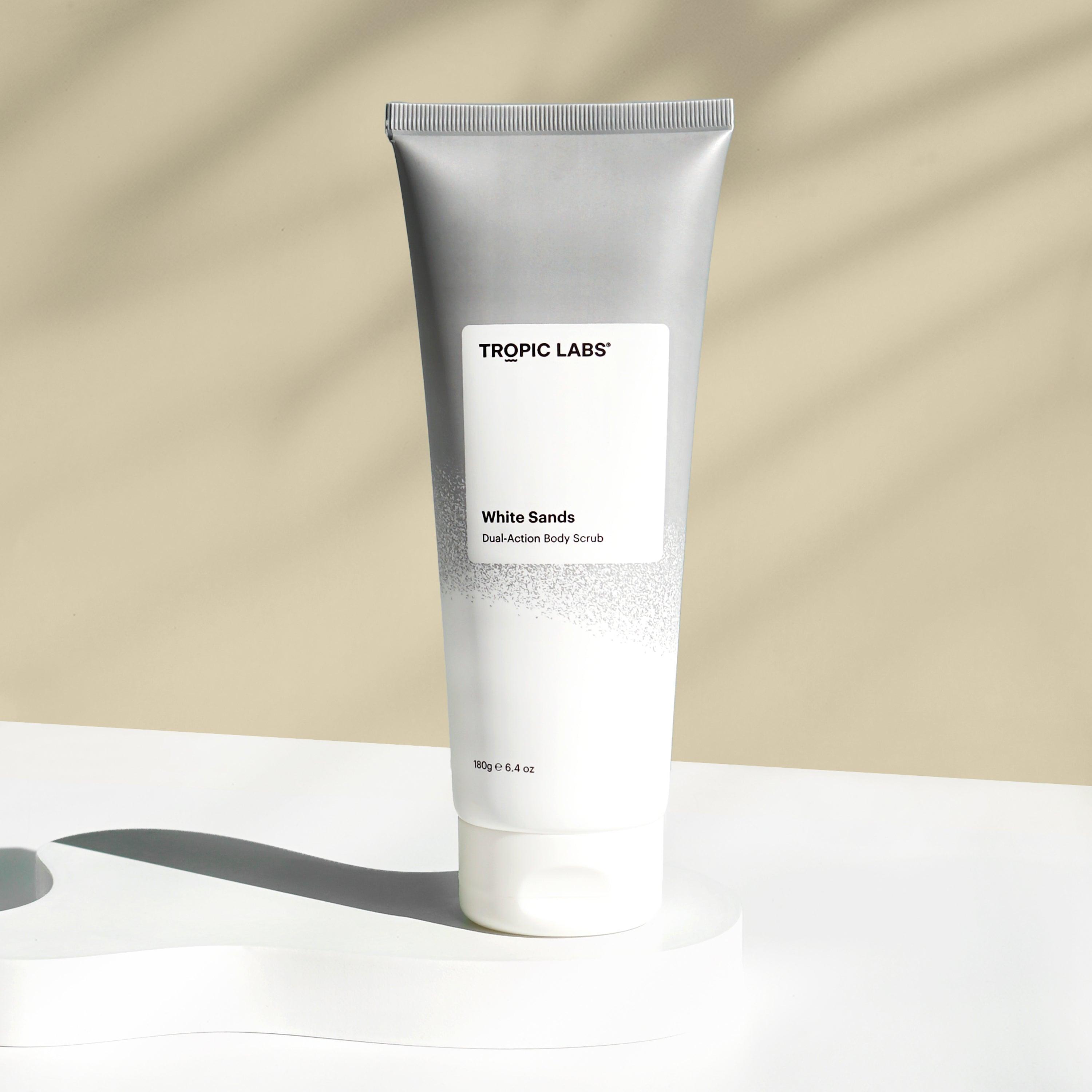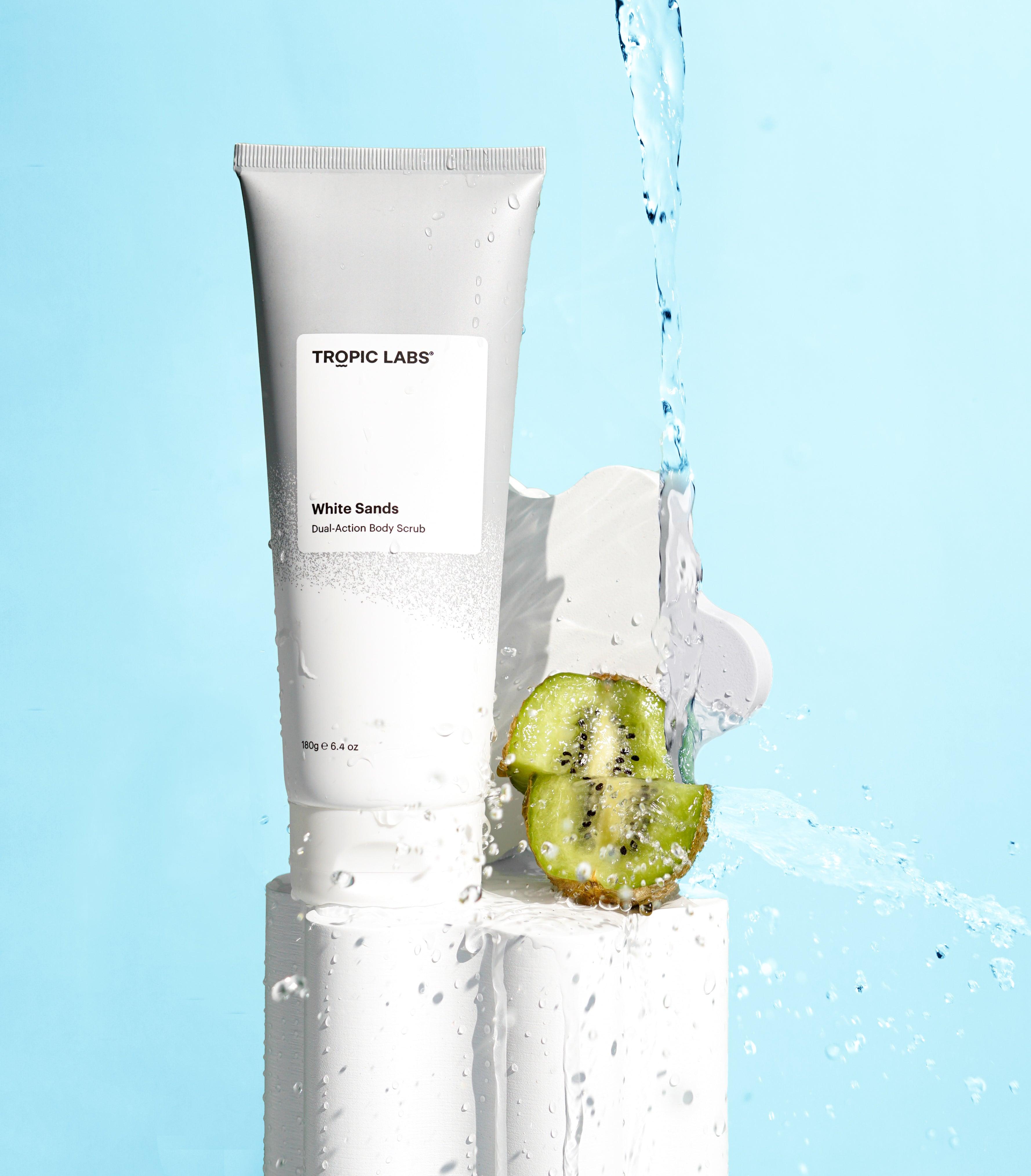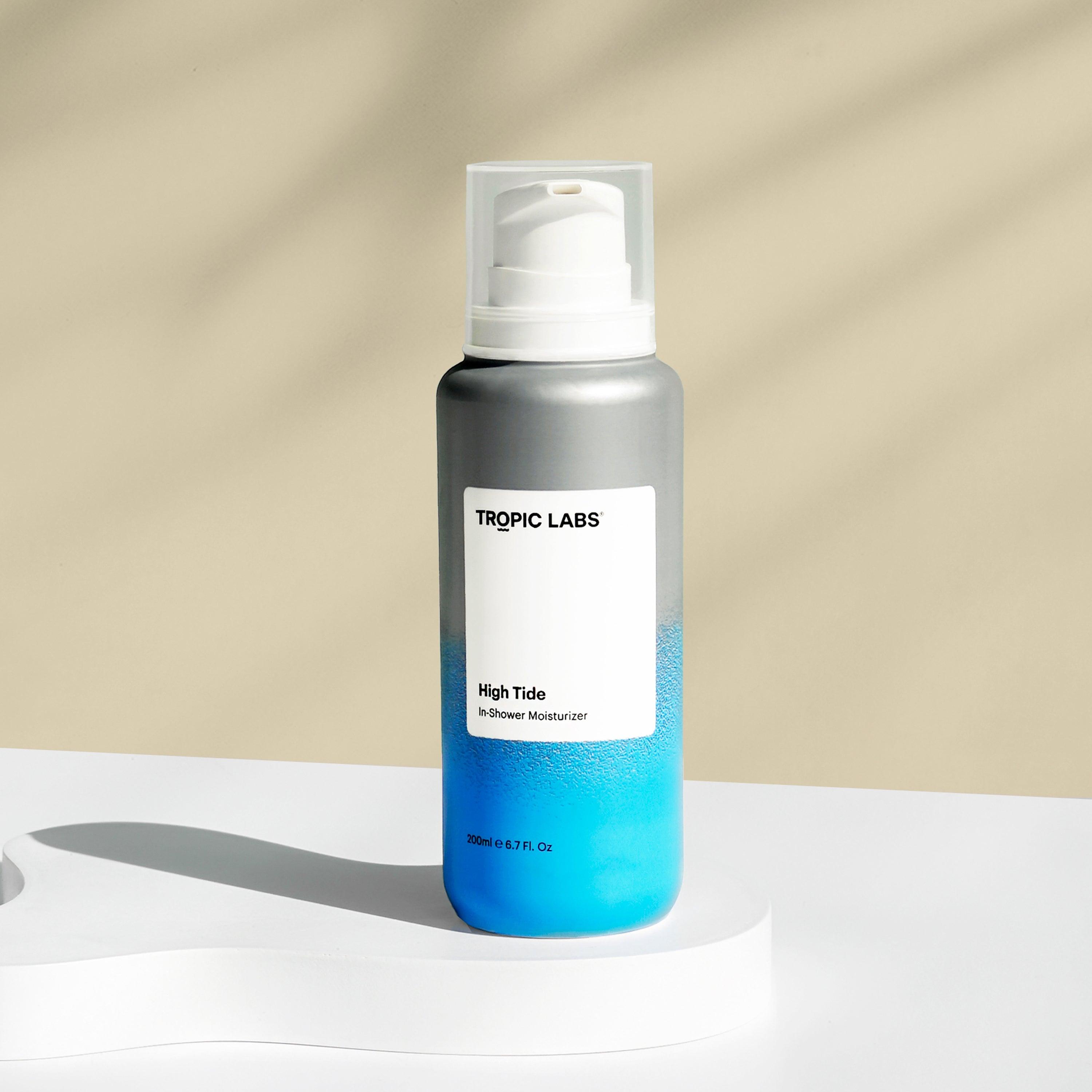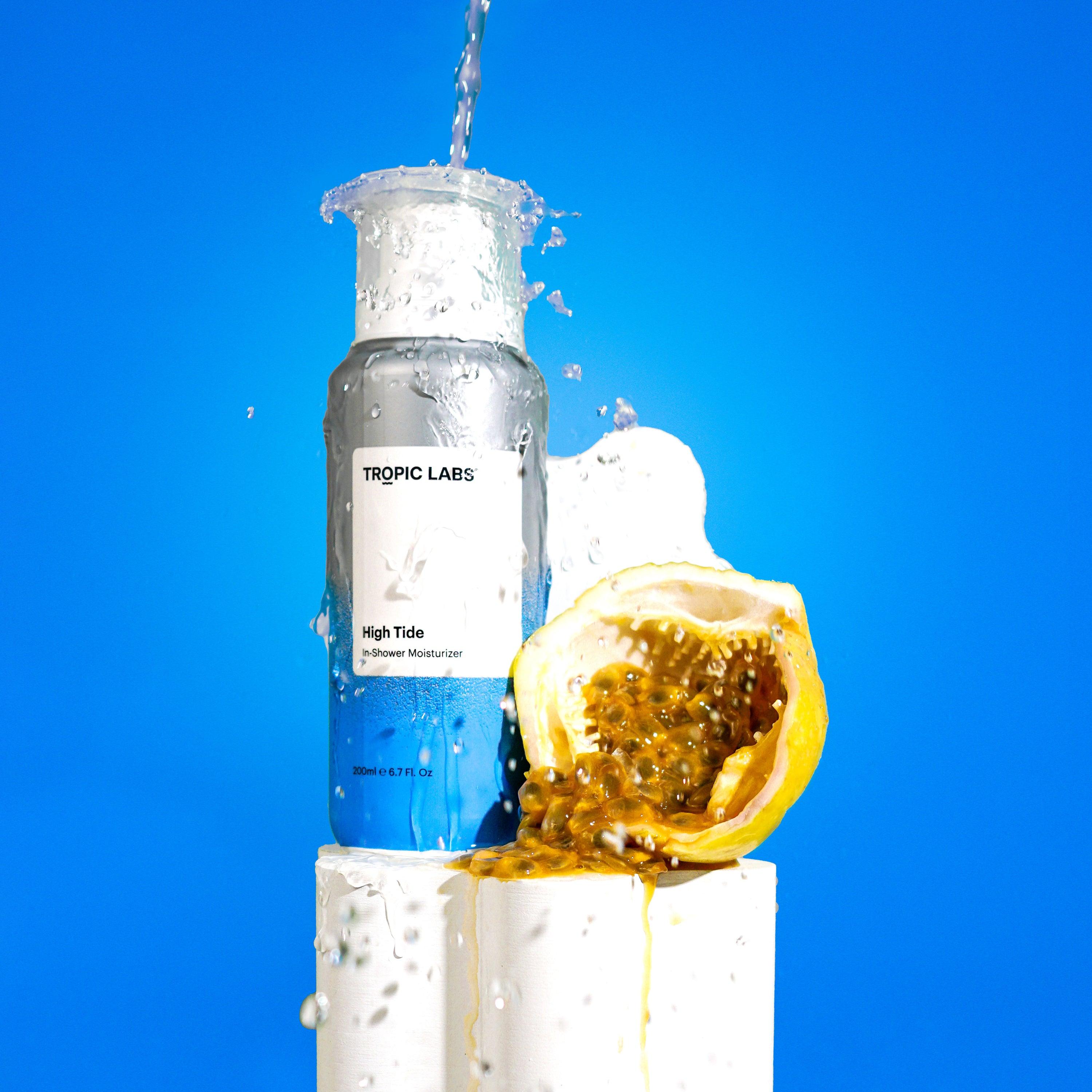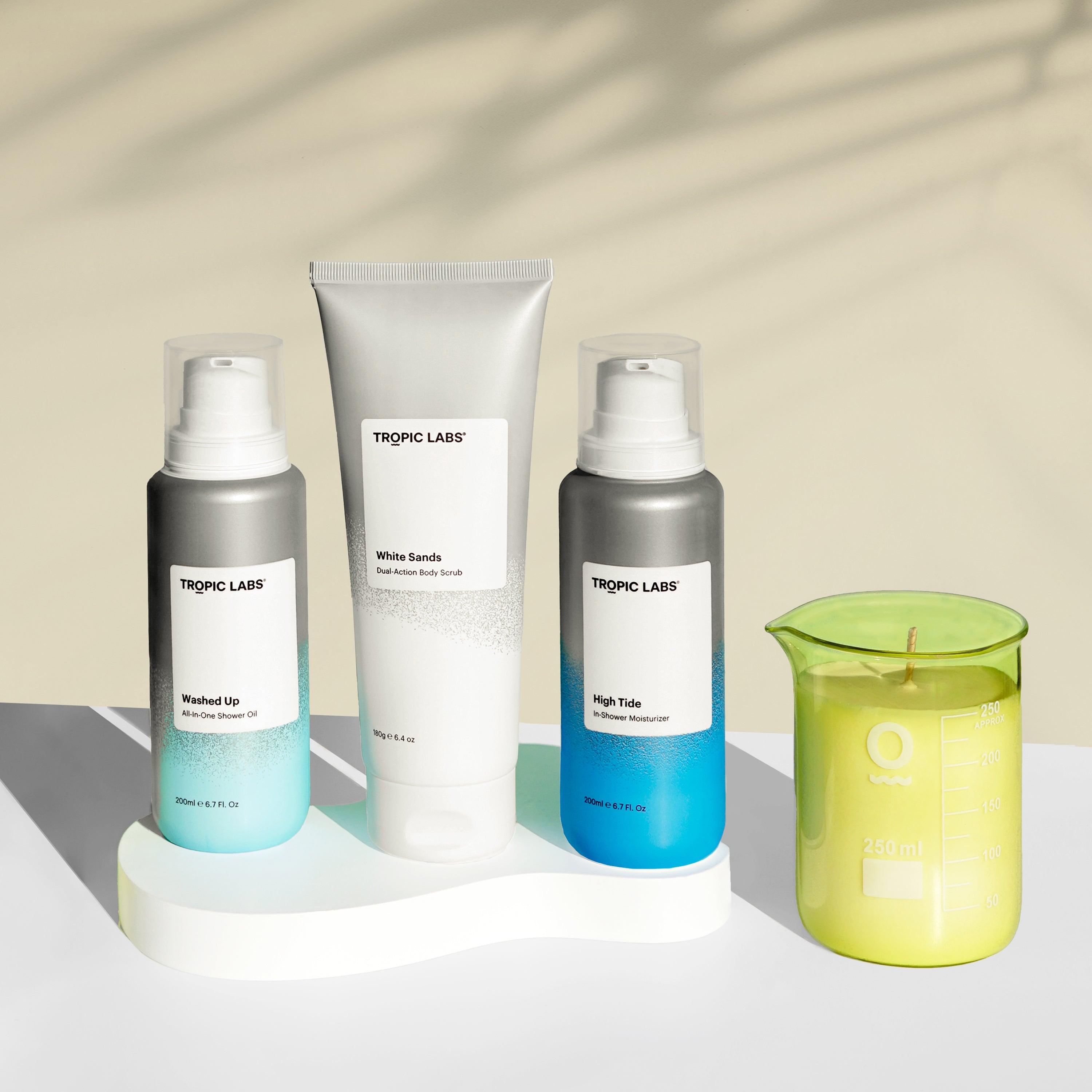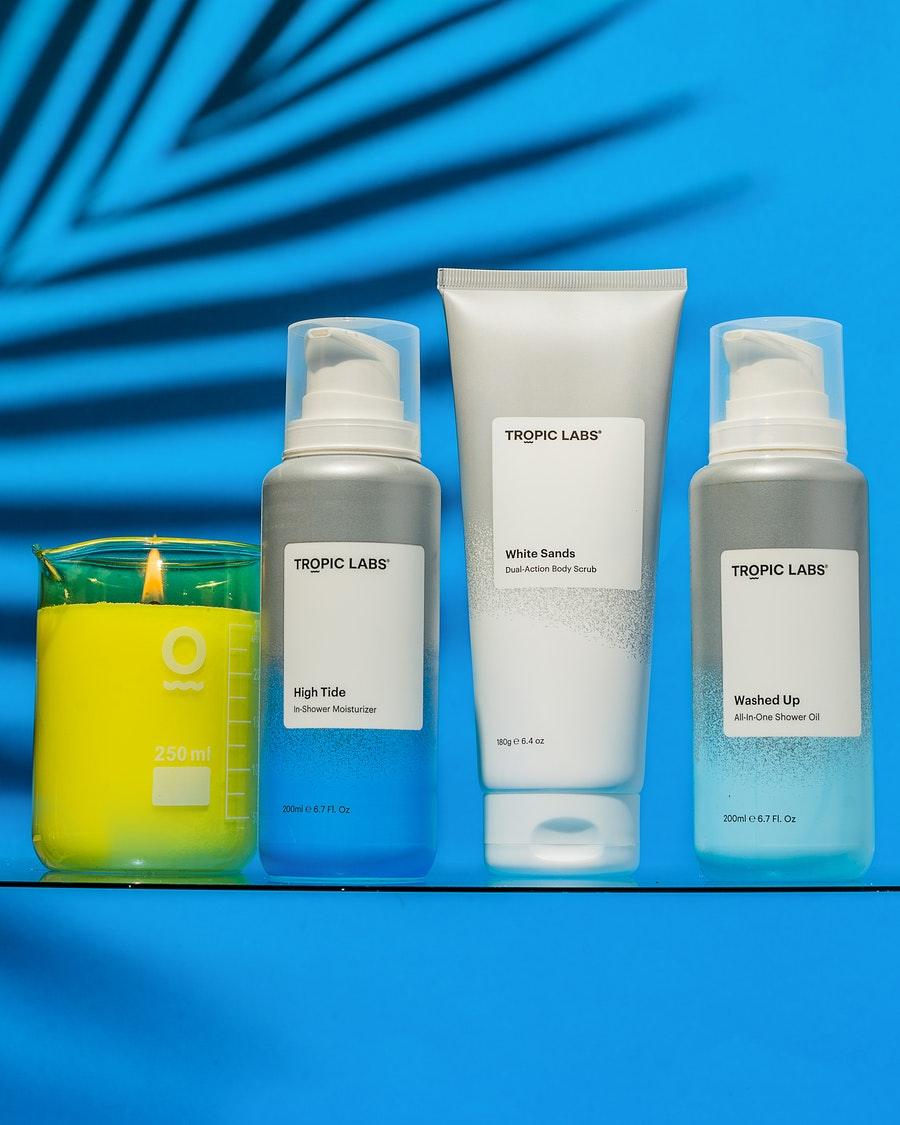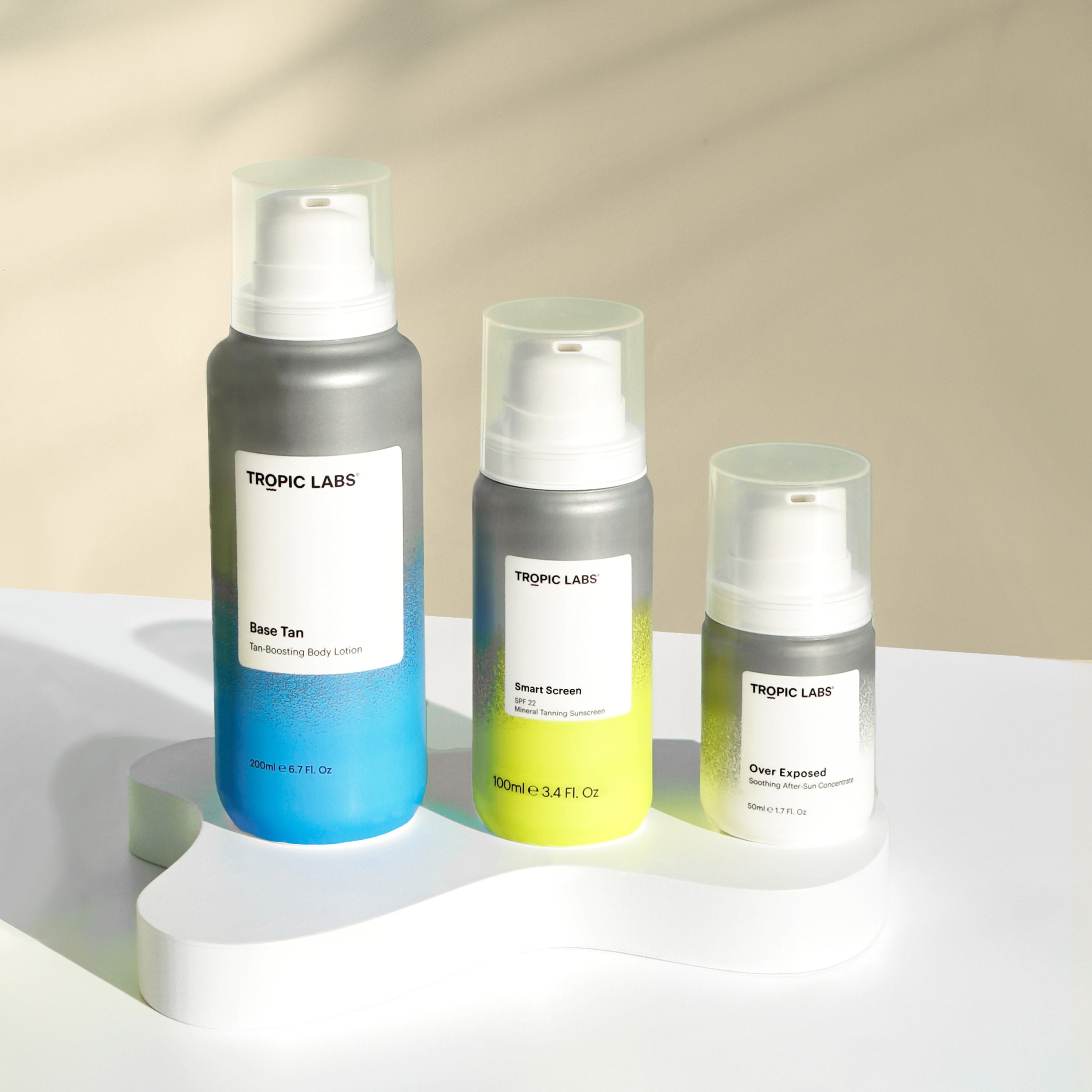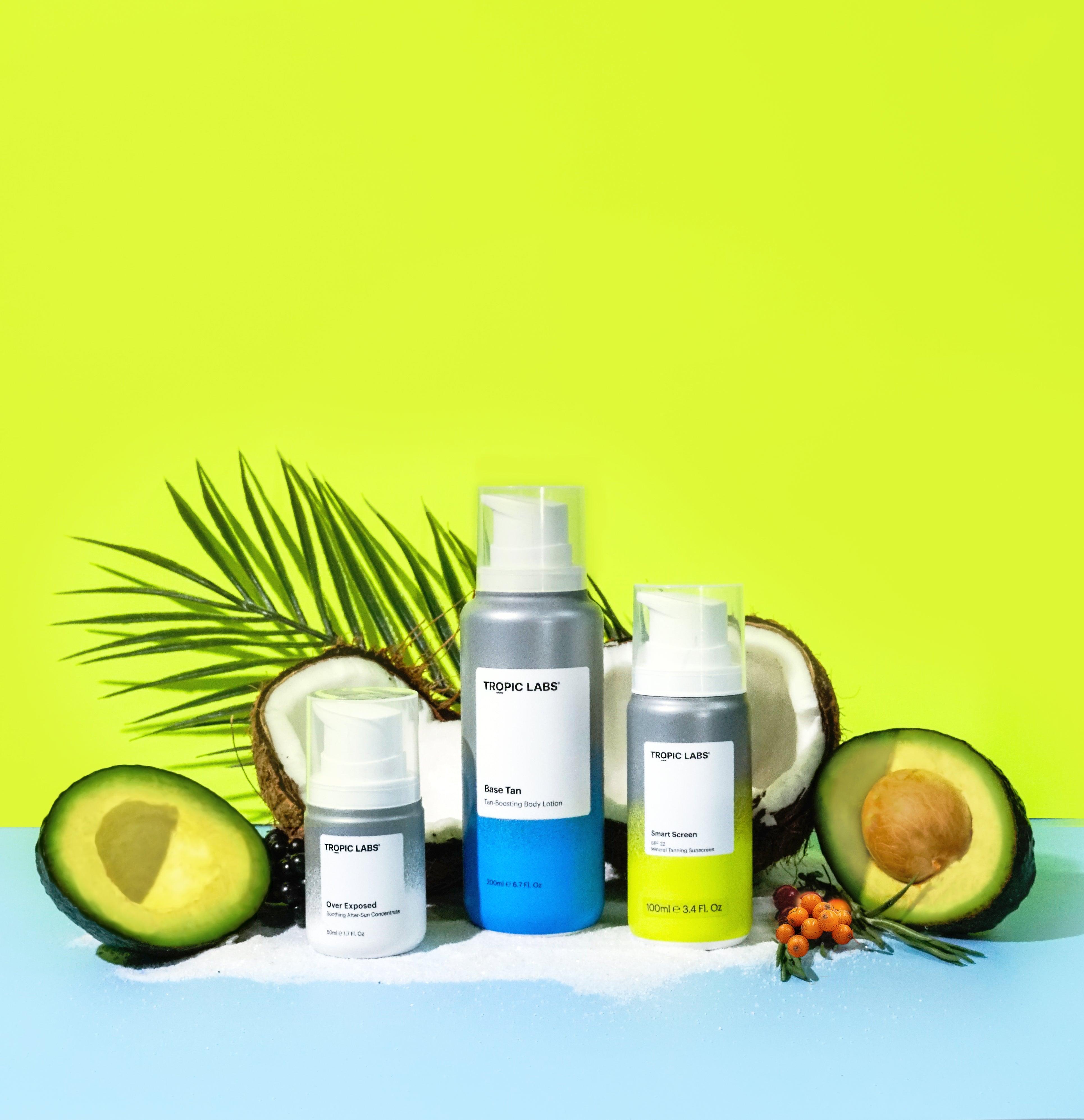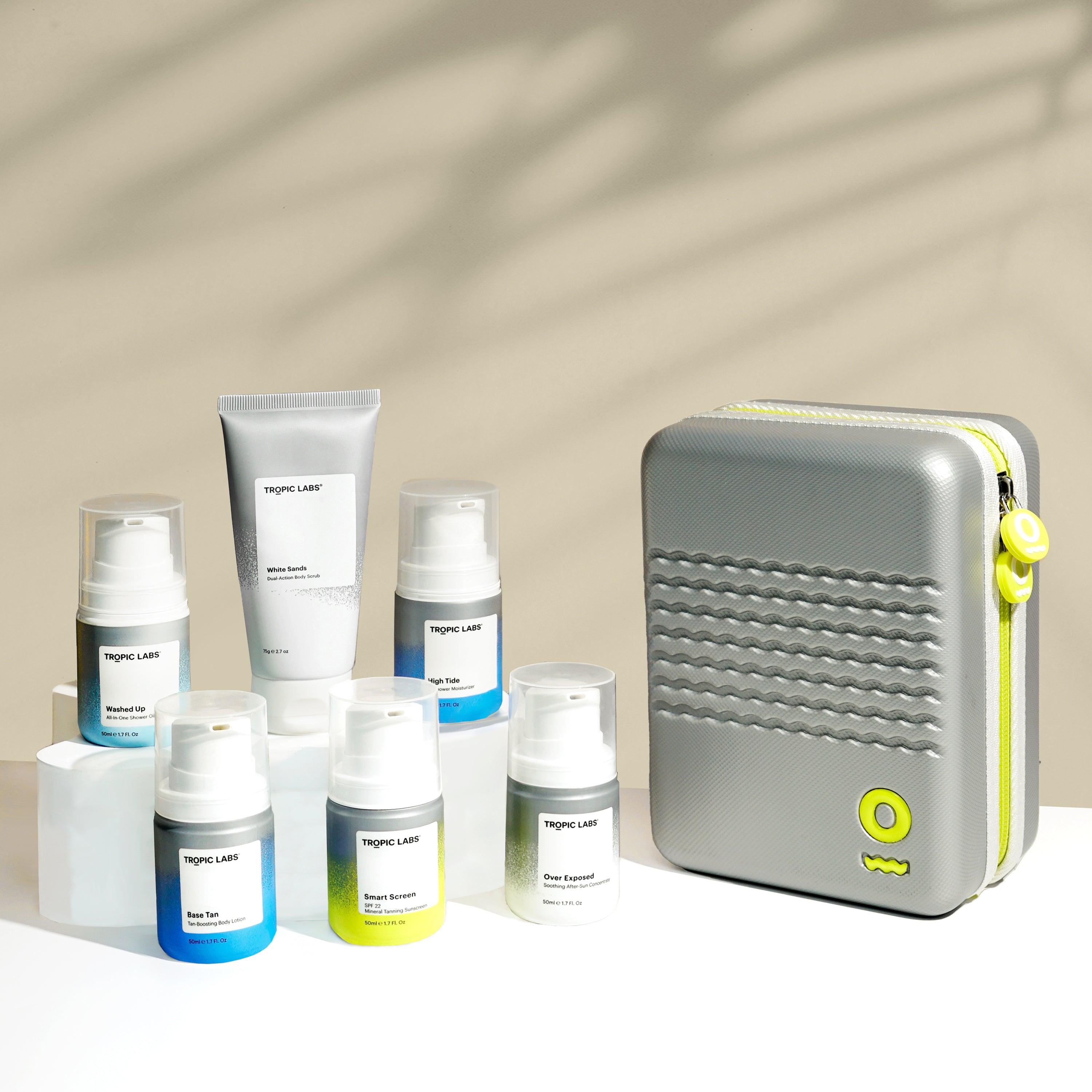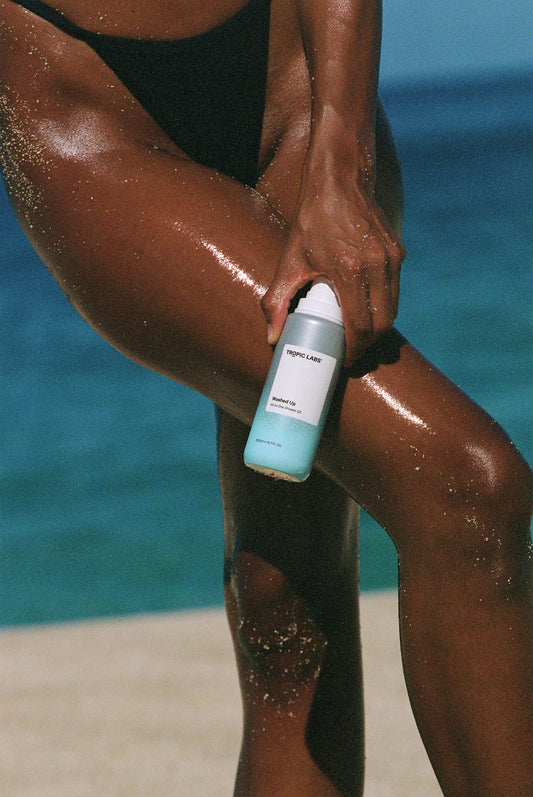- Most varieties of hyperpigmentation are purely aesthetic— if no other symptoms accompany them
- Wearing sunscreen every day is a critical step in preventing and treating hyperpigmentation
- Exfoliating regularly with a physical or chemical exfoliant will help you brush off discolored or dead skin cells to reveal the vibrant, newer skin underneath
Hyperpigmentation is a word that we become all-too-familiar with as we leave the carefree days of our youth behind us and start taking closer looks in the (magnifying) mirror in our late twenties and thirties. But the term hyperpigmentation itself gets thrown around a lot, and it really is an umbrella term that describes a whole range of skin pigmentation concerns. When you hear the word, you may think of a few freckles dusted across your nose or a blotchy patch on your grandmother’s hand - but the appearance and ultimate causes are not one and the same. So what is the difference between freckles, sun spots, and melasma? What causes sunspots in the first place, and will exfoliating remove them? Read on to find out.
What is Hyperpigmentation?
Before we dig in, let's get into a quick refresher on what hyperpigmentation (in the more general sense) really is. Your skin is made up of many different kinds of cells, and one of those cell types is called a melanocyte. These cells are responsible for creating melanin, which is the pigment that gives your skin its color. These melanocytes react to UV exposure and, over time, release melanin pigment granules into the skin as a protective mechanism to shield other cells from the damaging UV rays.

Common Types of Hyperpigmentation
Freckles
Often making their first appearance in your childhood years, freckles are entirely genetic. They are small areas of the skin, typically less than 5mm in diameter, where a surplus of melanin has accumulated. While babies are not born with freckles, despite having the gene that predisposes them, they usually appear in childhood after sun exposure and time spent outdoors. Freckles are entirely harmless, and it’s even possible that they fade naturally over time as you enter adulthood.
‘Sun spots’
If you start to notice hyperpigmentation develop in your late twenties or early thirties, this type of pigmentation is not usually considered freckles but 'sun spots.' Also affectionately known as liver spots or age spots (no thanks!) There can be many causes for this type of skin discoloration, including hormones and medications (more on that later), but the most common type of hyperpigmentation is due to UV exposure. Generally, sunspots are not raised and are themselves harmless, though unsightly. Instead, they're caused by years of sun exposure, which triggers the pigment-producing cells called melanocytes in your skin to produce more pigment in a small concentrated area. It is worth noting, however, that skin cancers and sunspots can sometimes appear very similar in the early stages - so if you're ever concerned, book yourself in with your doctor straight away.
Melasma
The third most common type of hyperpigmentation, especially in women, is called Melasma. Presenting as what is often called a ‘mask,’ Melasma is a large, blotchy patch of brown or grayish pigmented skin generally appearing across the nose and tops of the cheeks. Often brought on by a surge in hormones (aka pregnancy or the contraceptive pill), Melasma can fade as quickly as it comes on when you are no longer pregnant or your hormones stabilize. While we know of the ordinary circumstances in which Melasma arises, doctors still aren’t sure why this occurs.
What's Next? How to Treat Hyperpigmentation
Now that we've determined what kind of pigmentation you, you're probably asking yourself, what can you do about it anyway? Well, the bright side to most varieties of hyperpigmentation is that they are purely aesthetic concerns — if no other symptoms accompany them. This means that if you see other irregularities in your skin, notice a spot the grows more prominent, or are having other symptoms in addition to dark spots, something more may be going on.
While many over-the-counter brightening lotions on the market claim to treat hyperpigmentation, your best bet is consulting with a dermatologist or specialist who can create a customized solution tailored to your individual needs. A dermatologist can also tell you of any risks and the benefits of treatment options, taking into account your skin type and medical history.
In the meantime, prevention is always the next best thing. Luckily, preventing the most common kinds of hyperpigmentation is as simple as using a broad-spectrum sunscreen or exfoliating.
- Wearing sunscreen every day is a critical step in preventing and treating hyperpigmentation. Smart Screen works best for avoiding hyperpigmentation because it blocks both UVA and UVB rays. Smart Screen also contains zinc oxide, which acts as a barrier between your skin and the sun's rays. Try to avoid direct sun exposure, especially between 10 a.m. and 2 p.m. If you have to go outside, make sure you lather on your sunscreen and remember to reapply, especially if you're sweating, exercising, or around water.
- Discoloration can also build up in dead skin cells on the skin. Exfoliating regularly with a physical or chemical exfoliant will help you brush off discolored or dead skin cells to reveal the vibrant, newer skin underneath. Depending on your skin type, you should aim to exfoliate one to three times a week. Wan both a chemical and a physical exfoliation. Enriched with gentle exfoliating fruit acids & naturally polishing white quartz sand granules, White Sands words twice as hard to polish off dead cells.
References
“Sunspot or Skin Cancer?” MoleMap, www.molemap.net.au/skin-cancer-prevention/sunspot-or-skin-cancer#:~:text=Sunspots%20are%20little%20areas%20of,in%20a%20small%20concentrated%20area.
“Melasma: Causes, Symptoms, Pictures, Treatment.” Medical News Today, MediLexicon International, www.medicalnewstoday.com/articles/323715.
